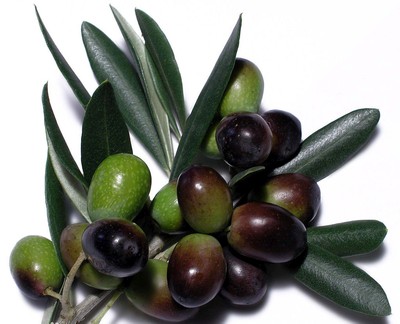
Common Name: Jaitun ka Tel
English Name: Olive Oil
Botanical Name: Olea europoea Linn.
Family: Labiatae
Description: The Olive is a small evergreen tree that grows best in a Mediteranean climate. Spain, Italy, Greece, and other Mediterranean countries are major producers, but olives are also cultivated outside the Mediterranean region in regions with an appropriate. The olive fruit has a skin, a fleshy pulp, and a stony kernel. As the fruit matures, it turns from green to black.
Chemical Constituents: The chief active components of olive oil include oleic acid, phenolic constituents, and squalene. The main phenolics include hydroxytyrosol, tyrosol, and oleuropein.
Properties: It is made up of a particularly high quantity of Vitamin E-rich unsaturated Oleic Acid which restores moisture and nourishment to dry, rough skin. Olive oil is soothing and healing to all skin types.
Linoleic acid is a component of olive oil that the human body doesn't produce. Linoleic acid prevents water from evaporating, making olive oil the perfect natural lubricant. Olive oil penetrates deep into the skin, meaning that the moisturizing effects will last much longer.
Olive oil's antioxidants, including vitamins E and A, can repair skin damage caused by weather, sun and air pollution. The antioxidants stimulate skin cells, promoting faster re-growth and repair and slowing the skin-aging process. Olive oil can make skin appear firmer and smoother, while it reduces the appearance of fine lines and wrinkles.
Used in the following MATXIN products: